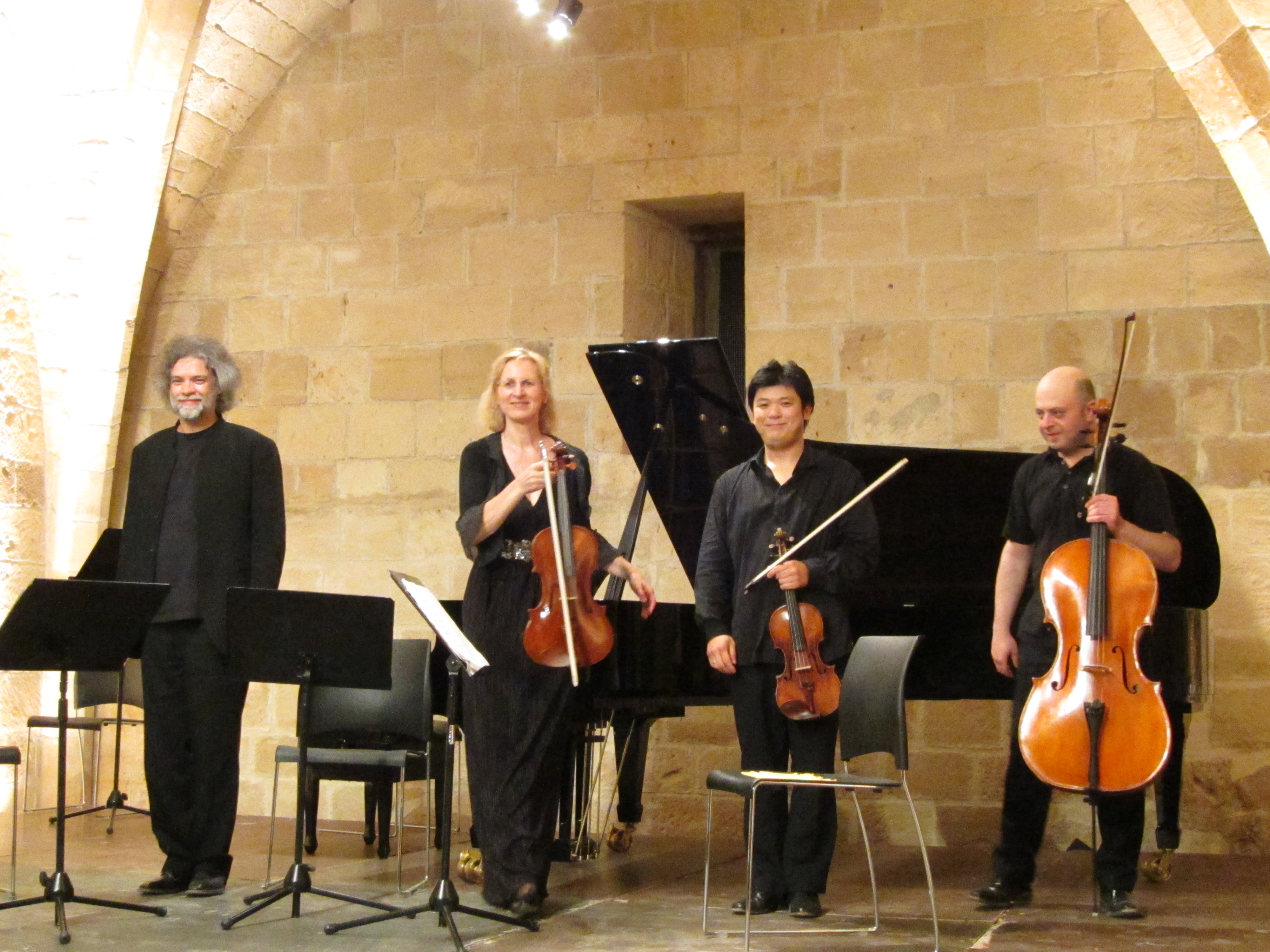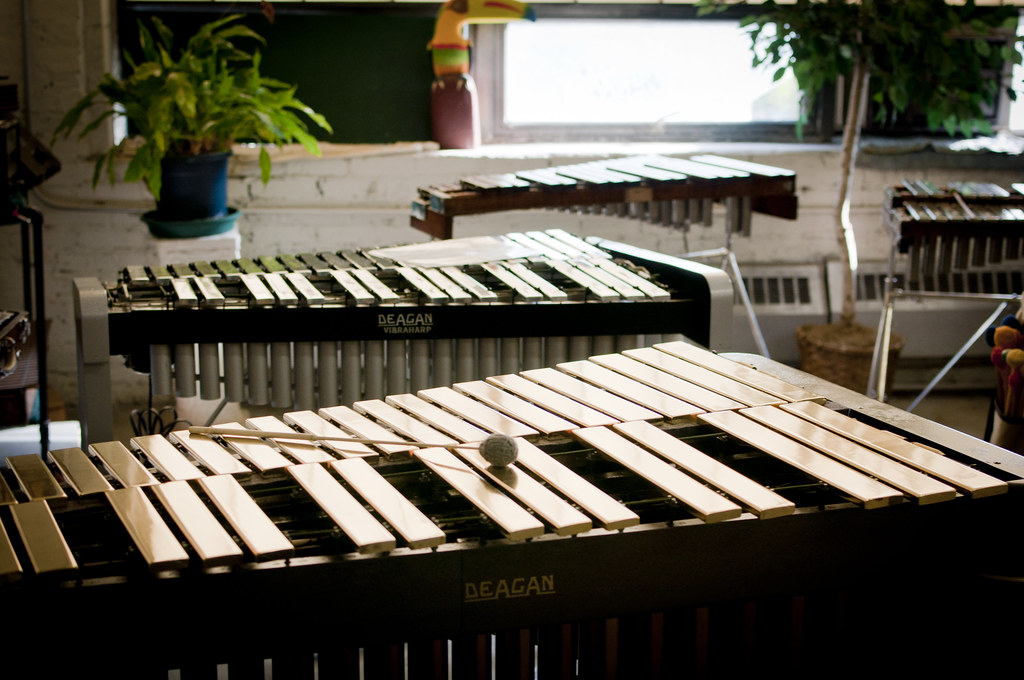A pillar of music education at The Music Class is the exposure of different musical sounds and styles within each of our collections.
From rock to folk, to classical - we've got you covered. Our collections also feature chamber music. Not sure what that is? Chamber music is described as intimate music performed before a small audience. What sets chamber music apart from orchestral music is that generally, only one instrument performs each part, whereas in a full orchestra, parts are played by groups of instruments.

Let's take a deep dive into the history of chamber music.
The 16th century saw a rise in instrumental music and an increase in vocal and instrumental playing within the homes of the wealthy. This turning point brought the role of the professional musician within the home and increased demand for smaller instrument groups. Vocal music for small ensembles was also popular! Published manuscripts began to circulate through Europe as consorts, or groups of musicians, began to form throughout the 16th and 17th centuries. This music would eventually lead to the development of the sonata and fugue born through dances popular of the time, such as the galliard. (P.S. Our song "Bach Ball" is based on a fugue by Bach!)

Let's fast forward to France in the 18th century, where wind instruments such as the flute, oboe, bassoon, and horn first appeared in chamber music. By the early 20th century, advanced techniques in instrument making led to a proliferation of works written for previously unknown combinations of instruments, including the cornet, vibraphone, and other mixed percussion! Want to hear it for yourself? Check out Pierre Boulez - Le Marteau sans maître, Igor Stravinsky – L’Histoire d’un soldat, and Schoenberg’s - Pierrot Lunaire.

Modern chamber music of the 20th century was born through an increasing desire for intimate musical experiences. In the previous century, large Romantic orchestrations were all the rage, but a renewed desire for delicate orchestration and new, unique combinations of instruments brought about this modern wave of chamber music. This approach saw mixed ensembles of winds and strings, often with vocal and percussion elements. Chamber music moved out of the home and into the concert hall. This new modern chamber music was more demanding of the musician and the listener. Difficult to play and interpret, compositions written for these highly skilled and specialized musicians left amateur performers little choice but to remain fixated on the works from the 16th and 17th centuries. Long story short: modern chamber music is fancy.
You might find yourself wondering, how does this all relate back to Music Class?
The string quartet, highlighted in The Panda Collection, Eine Kleine Nachtmusik by Wolfgang Amadeus Mozart, showcases a style of chamber music! Important features of the string quartet were that all instruments had an equal share. While one instrument borrows the theme from another, no single instrument is ever more important than another. Isn't that nice? The sense of equality throughout the ensemble is essential to a great performance. Take a listen to The Music Class recording of Eine Kleine Nachtmusik!
We hope that this inspired you to seek out and listen to live music whenever possible! Especially considering that you're an expert on it now ;) Check the performance schedules of your local symphony orchestra or university ensembles to hear the varied and fascinating world of chamber music!
